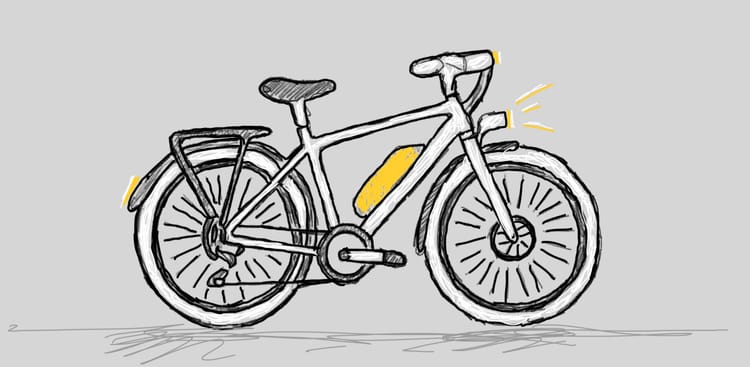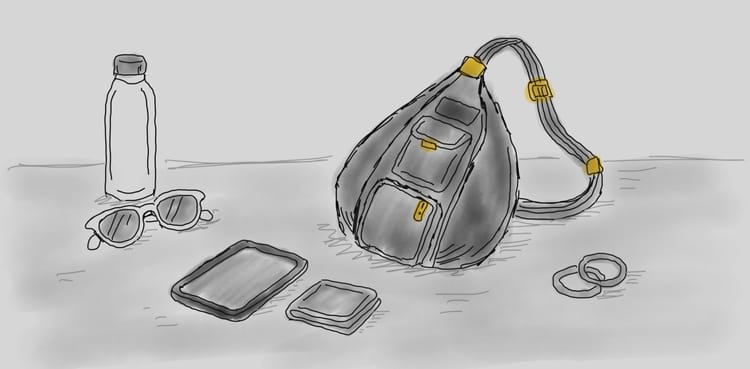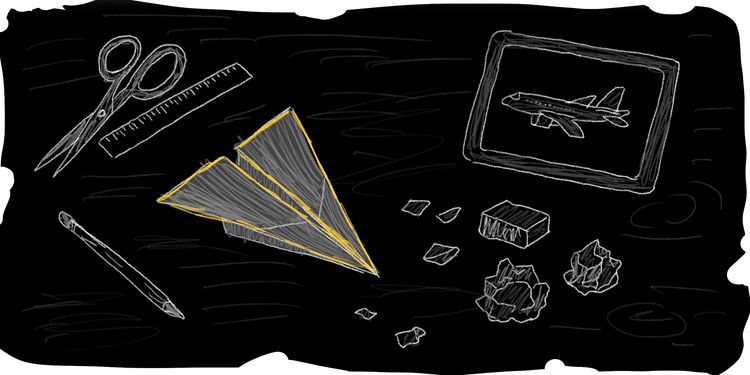
A real newsletter for product designers.


E-walking and iPhone cameras

The kids are going to be alright

Always carry a water bottle

Shifting from Product Designer to Outcome Owner

Flashcards for friends

Running a Google Design Sprint with AI in two days

Boring for purpose

Where worry fits in

Tools I Can’t Design Without - Free

Finding your million words

Time we don't get back

Curiosity in the world of AI

Jon Cheney: Product design in the age of AI - Free

